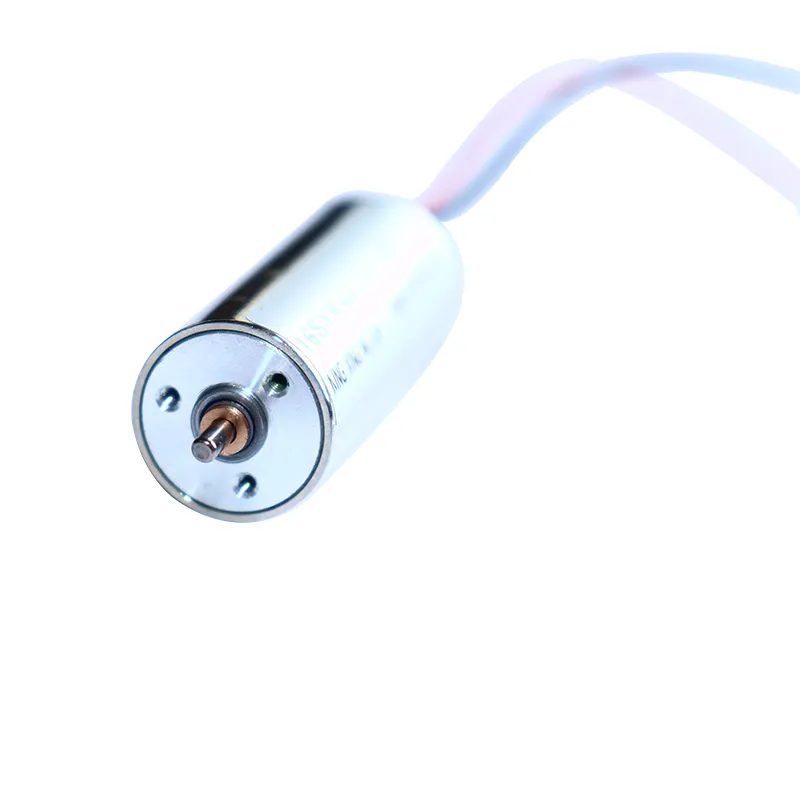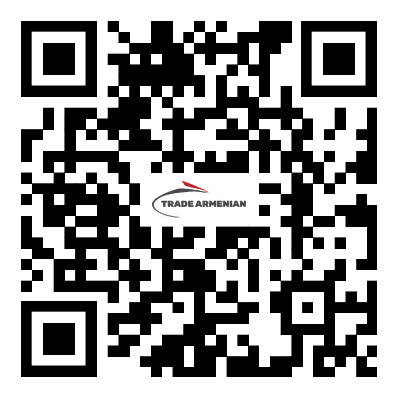Working Principle of Carbon Brush Motor
2024-07-30
The working principle of a carbon brush motor involves the conversion of electrical energy into mechanical energy through the interaction of magnetic fields. Here is a detailed explanation of how this process works:
Components Involved
1. Stator: Provides the stationary magnetic field.
2. Rotor (Armature): The rotating part where the current flows.
3. Commutator: A segmented ring attached to the rotor.
4. Carbon Brushes: Conductive brushes that maintain electrical contact with the commutator.
5. Power Supply: Provides the electric current.
Working Principle
1. Power Supply Activation: When the motor is connected to a power supply, an electric current flows through the carbon brushes into the commutator.
2. Current Flow: The commutator directs the current into the rotor windings.
3. Magnetic Field Generation: The current flowing through the rotor windings generates a magnetic field around the rotor.
4. Magnetic Interaction: The magnetic field of the rotor interacts with the magnetic field of the stator.
5. Torque Production: The interaction of the magnetic fields produces a force (Lorentz force) that acts on the rotor, creating torque and causing it to rotate.
6. Commutation: As the rotor turns, the commutator segments make and break contact with the brushes. This action reverses the direction of the current in the rotor windings at appropriate intervals.
7. Continuous Rotation: The commutation process ensures that the rotor continues to turn in the same direction by continually reversing the current flow in the windings, maintaining a consistent torque.
Step-by-Step Operation
1. Initial Current Flow: The current flows from the power supply through one carbon brush, into a segment of the commutator, and into the corresponding winding of the rotor.
2. Magnetic Field Creation: The current in the rotor winding creates a magnetic field around that winding.
3. Magnetic Force Generation: The interaction between the rotor’s magnetic field and the stator’s magnetic field generates a force on the rotor, causing it to turn.
4. Commutator Action: As the rotor turns, different segments of the commutator come into contact with the brushes. This changes the path of the current through different rotor windings.
5. Reversing Current Flow: The commutator switches the direction of the current in the windings, ensuring that the magnetic fields continue to interact in a way that keeps the rotor turning in the desired direction.
6. Continuous Motion: This process repeats, allowing the rotor to continue spinning as long as the power supply is active and supplying current.
Diagram
While I can't draw a diagram here, you can imagine the following key components:
- A cylindrical rotor with windings wrapped around it.
- A commutator attached to the rotor shaft, segmented into several parts.
- Carbon brushes positioned to maintain contact with the commutator segments.
- A stator creating a fixed magnetic field around the rotor.
The interaction between the rotor’s magnetic field (due to current in the windings) and the stator’s magnetic field results in the rotational motion of the rotor, which is the fundamental working principle of a carbon brush motor.



